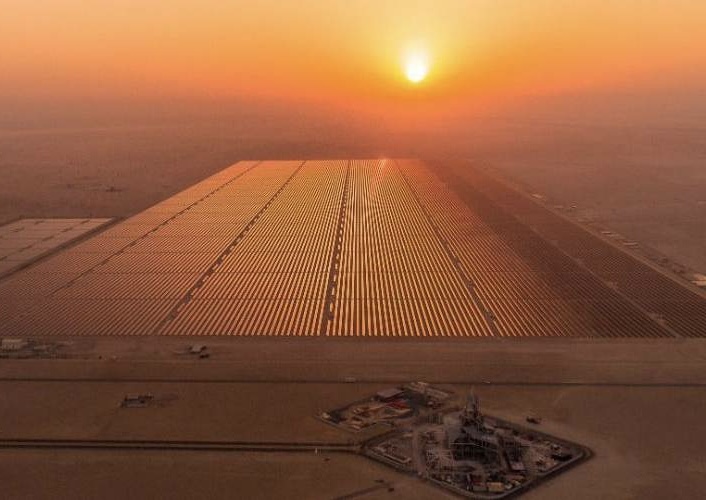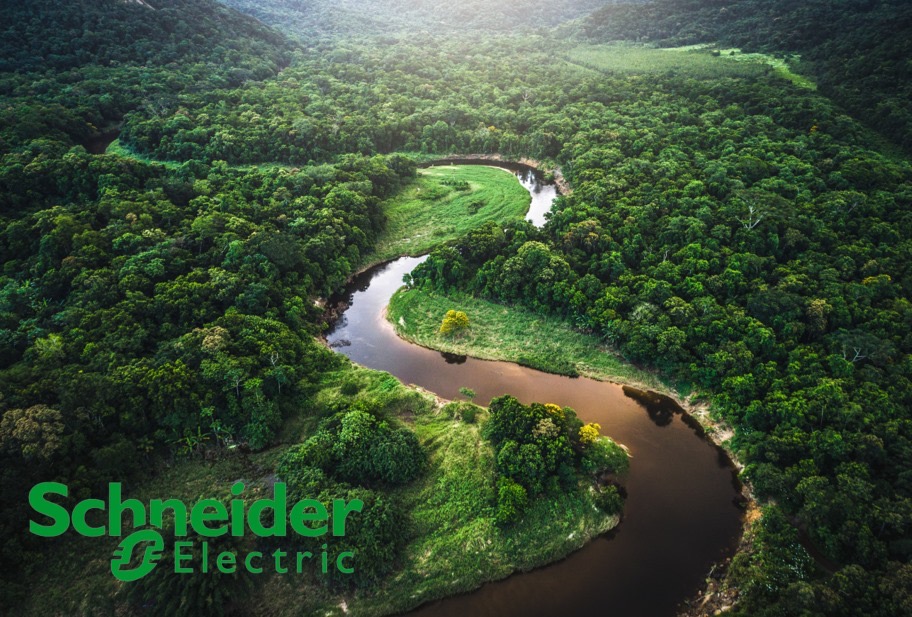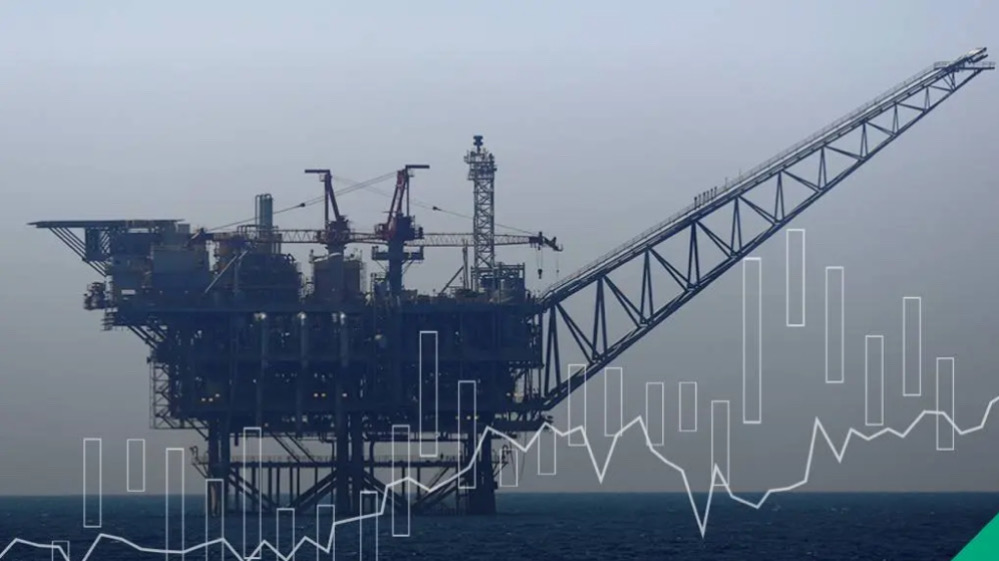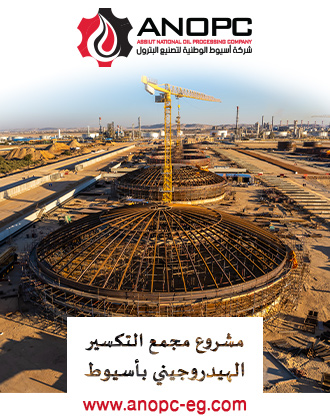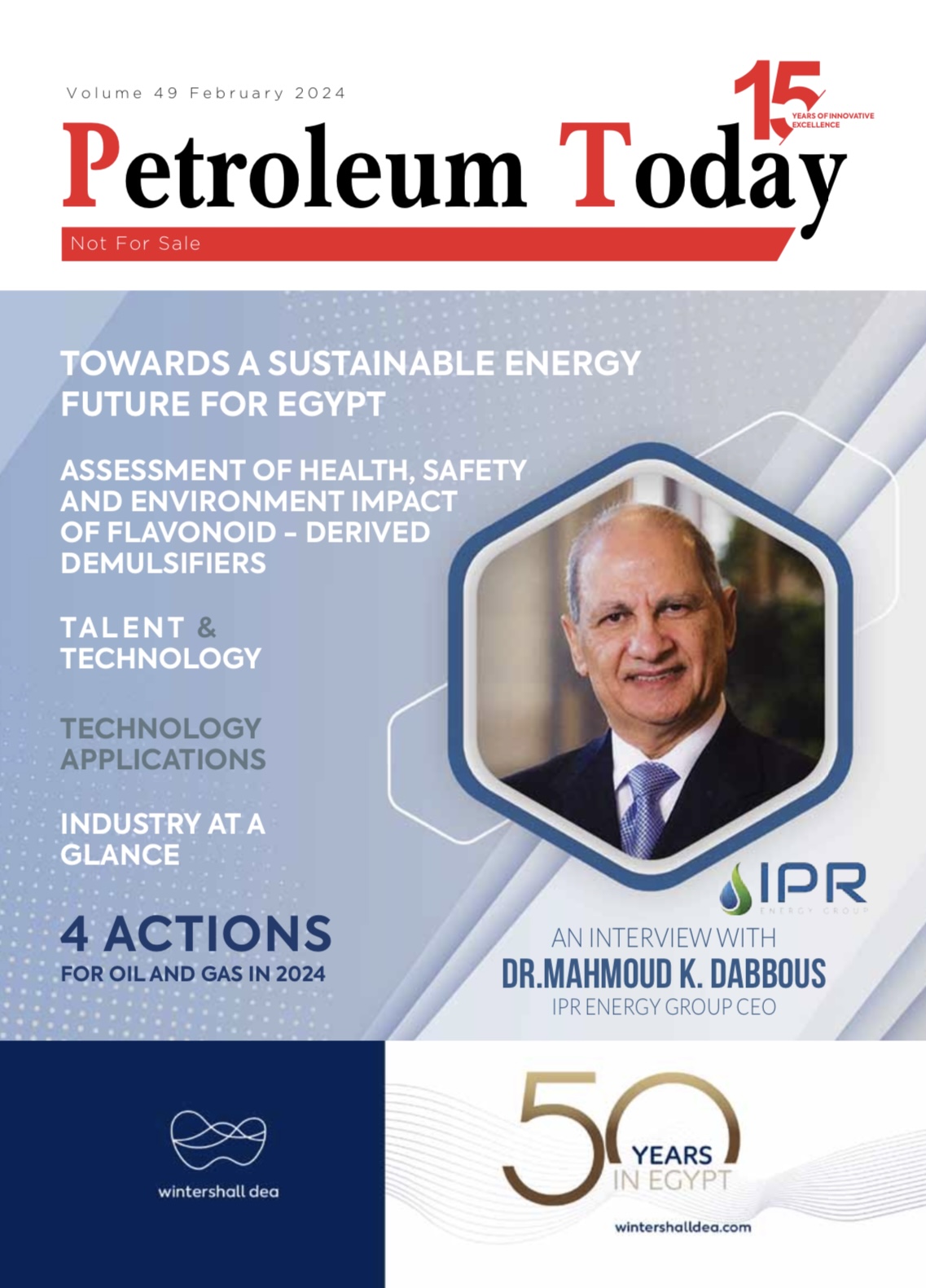Reports
MENA region energy investment to exceed $805 billion through 2025
Published on : 2021-05-05

Middle East and North Africa energy investments are forecast to exceed $805 billion over the next five years (2021 to 2025), according to The Arab Petroleum Investments Corporation (Apicorp), a multilateral development financial institution.
Apicorp’s latest MENA energy investment outlook see only a modest $13 billion increase in committed and planned energy investments compared to last year’s outlook, however renewables surge to claim an almost 40% share of the estimated $250 billion in power sector investments.
Blue and green H2 exports
MENA is able to emerge as a major blue and green hydrogen-exporting region, thanks to low-cost gas resources and strong renewable energy progress, Apicorp said on Tuesday.
A few countries such as Saudi Arabia and Morocco have already made headway as low-cost exporters of blue and green hydrogen, as well as net-zero ammonia and other low-carbon products, while other nations such as Oman, the United Arab Emirates and Egypt are attempting to catch up.
The institution noted that while an “evolution in regulations” is needed for the region to realise is energy storage potential, additional capacity — particularly from renewables — will make power trading “a more commercially viable option” in MENA.
The modest increase in forecast overall energy investments from the previous five-year outlook is attributed to four factors: strong confidence in the rebound of global gross domestic product; rising energy demand; the comeback of Libyan projects — which alone accounts for around $10 billion in planned projects — and the accelerated pace of renewables in the region.
“Apicorp’s ‘MENA Energy Investment Outlook 2021-2025’ indicates that energy industries are entering a period of relative stability in terms of investments as most MENA countries return to GDP growth in 2021 and the energy transition showing no signs of slowing down,” said Ahmed Ali Attiga, chief executive of the organisation.
“We anticipate a slow but steady recovery of the energy sector from the fallout of the Covid-19 pandemic, supported by continued investment from the public sector and an upswing in demand.”
However, committed gas investments are forecast to be $9.5 billion lower at $75 billion than last year’s outlook after completion in 2020 of several mega-projects and nations being more cautious to new project commitments in an era of gas overcapacity.
Qatar, Saudi Arabia and Iraq are the top three MENA countries in terms of committed gas investments.
This is explained by Qatar Petroleum’s North Field East mega-project, Saudi Arabia’s gas-to-power drive, plus the massive Jafurah unconventional gas development — which is poised to make the kingdom a global blue hydrogen exporter — as well as Iraq’s gas-to-power projects and stated "determination to cut flaring and greenhouse gas emissions”.
Planned investments have held relatively steady at $133 billion for 2021-2025, said to signal the region’s appetite for resuming its natural gas capacity build-up — particularly the ambitious unconventional gas developments in Saudi Arabia, UAE, Oman and Algeria — once macro conditions improve.
Energy diversifcation agendas
With a share of around 40%, renewables form a significant part of power generation investments as countries push ahead with their energy diversification agendas.
As a whole, the MENA region expects to add an estimated 3 gigawatts of solar power in 2021 — doubling its total from 2020 — and almost 20GW by 2025. Wind and other sources such as hydropower are said to also be coming into their own as countries step up their energy diversification plans.
In the Gulf Cooperation Council countries, Saudi Arabia’s Renewable Energy Project Development Office and Public Investment Fund projects continue to progress.
In North Africa, Algeria has been establishing an independent authority to oversee the development of country’s strong pipeline of renewables projects and Egypt working to resolve regulatory issues related to its “wheeling scheme and the unbundling of its power market”.
Jordan has already managed to increase the percentage of power generated from renewables from just 1% in 2012 to around 20%.
Meanwhile, Morocco’s 4GW of renewables (wind, solar and hydro) constitute around 37% the country’s total generation mix and almost 90% of its current 3.5GW project pipeline.
Egypt’s total installed renewables capacity amounts to around 2.3GW, including 1GW of solar PV and 1.3GW of onshore wind, according to Apicorp.
In the UAE, renewables constituted around 6% of total installed capacity and 3% of power generated as of 2020. “Although it may just miss its short-term targets, the UAE’s solar capacity is projected to grow the fastest in the region with nearly 5GW of solar projects in the pipeline,” said Apicorp.
In Saudi Arabia, only 330 megawatts of utility-scale solar PV projects and just one 2.5MW wind demonstration project developed jointly by Saudi Aramco and General Electric were operational as of 2020.
Even when combined with the tenders under its National Renewable Energy Program, the total renewables capacity of the kingdom is 3.3GW, around 24GW short of its stated target of 27.3GW by 2024, noted Apicorp.
Despite ongoing procurement of large scale utility projects, Oman also fell far short of achieving its short-term target of generating 10% of its power from renewables by 2025, the report said.


